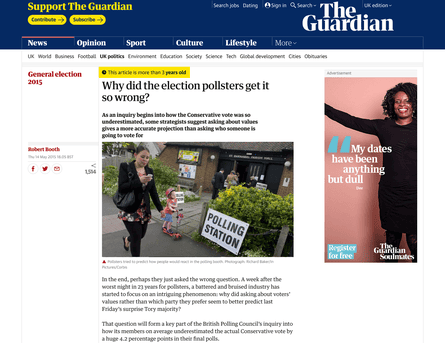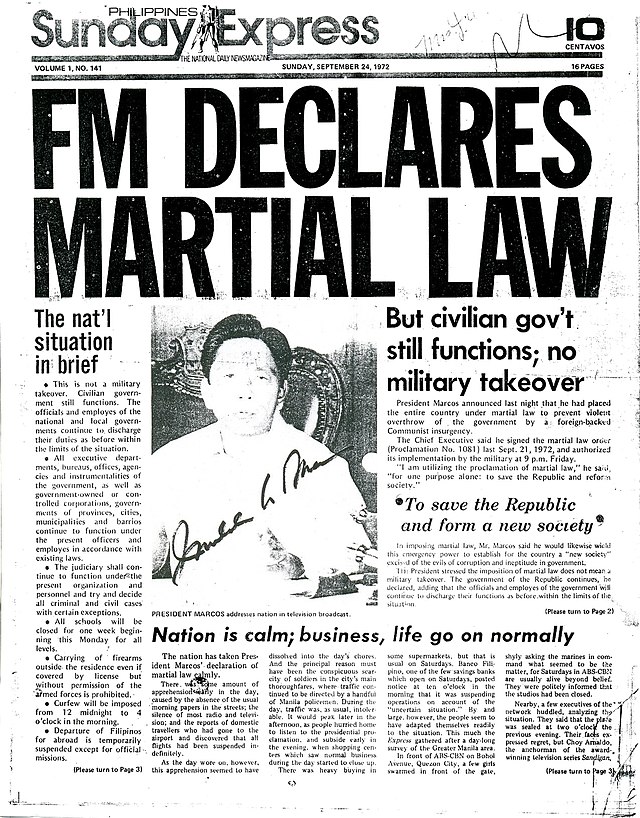A Biased View of News Articles
A Biased View of News Articles
Blog Article
Little Known Questions About News Articles.
Table of ContentsAll about News ArticlesThe 20-Second Trick For News ArticlesAbout News ArticlesNews Articles Fundamentals ExplainedTop Guidelines Of News Articles
Great understanding of different topics offers pupils an one-upmanship over their peers. Also though digital and social networks are readily available, we need to not forget exactly how vital it is to check out the papers. Parents have to attempt and instill the habit of reviewing a paper as an everyday routine to proceed the legacy of the adored print medium.News stories additionally consist of at least one of the following crucial qualities loved one to the designated audience: distance, importance, timeliness, human interest, strangeness, or consequence.
Within these limitations, news tales additionally aim to be comprehensive. Amongst the larger and extra highly regarded papers, fairness and equilibrium is a major element in providing information.
Newspapers with an international audience, for example, often tend to make use of an extra formal design of writing. The particular options made by a news outlet's editor or editorial board are commonly accumulated in a style overview; usual style guides include the and the United States News Style Book. The major objectives of information writing can be summed up by the ABCs of journalism: accuracy, brevity, and clearness.
News Articles Things To Know Before You Get This
As a regulation, journalists will certainly not utilize a long word when a brief one will do. News authors attempt to stay clear of making use of the very same word more than as soon as in a paragraph (in some cases called an "echo" or "word mirror").
Headings sometimes omit the subject (e.g., "Leaps From Watercraft, Catches in Wheel") or verb (e.g., "Pet cat woman lucky"). A subhead (likewise subhed, sub-headline, subheading, subtitle, deck or dek) can be either a secondary title under the main heading, or the heading of a subsection of the write-up. It is a heading that comes before the main message, or a group of paragraphs of the primary text.

Additional billboards of any of these kinds might appear later in the article (particularly on subsequent web pages) to lure additional reading. Such signboards are also used as guidelines to the post in other sections of the publication or site, or as promotions for the item in other publication or websites. Regular structure with title, lead paragraph (recap in bold), various other my latest blog post paragraphs (details) and call details.

Instance of a hard-lead paragraph NASA is recommending another space project. The agency's budget plan request, introduced today, included a plan to send out one more goal to the Moon. This moment the company wants to develop a lasting center as a jumping-off place for various other space experiences. The budget plan demands about $10 billion for the project.
An "off-lead" is the 2nd most essential front web page information of the day. To "bury the lead" is to start the article with background information or information of second significance to the viewers, compeling them to read more deeply into an article than they need to have to in order to discover the essential factors.
What Does News Articles Mean?
Typical use is that one or 2 sentences each create their very own paragraph. Journalists generally explain the company or structure of a newspaper article as an inverted pyramid. The necessary and most fascinating elements of a tale are put at the start, with supporting details adhering to in order of diminishing relevance.
It enables individuals to check out a subject to just the depth that their interest takes them, and without the imposition of information or nuances that they could think about unimportant, yet still making that information readily available to a lot more interested visitors. The inverted pyramid structure also enables articles to be cut to any kind of arbitrary length during layout, to fit in the space readily available.
Some writers start their tales with the "1-2-3 lead", yet there are several sort of lead available. This style inevitably starts with a "5 Ws" opening up paragraph (as described over), adhered to by an indirect quote that offers to sustain a significant component of the first paragraph, and after that a straight quote to sustain the indirect quote. [] A kicker can refer to numerous points: The last story in the news program; a "satisfied" story to finish the program.
Longer short articles, such as magazine cover write-ups and the items that lead the within sections of a newspaper, are called. Attribute tales vary from straight information in numerous methods. Foremost is the lack of a straight-news lead, reference a lot of the time. As opposed to offering the significance of a tale in advance, function authors might try to entice viewers in.
Rumored Buzz on News Articles
The reporter commonly details interactions with interview subjects, making the item extra individual. An attribute's very first paragraphs usually relate a fascinating minute or event, as in an index "anecdotal lead". From the particulars of a person or episode, its view quickly broadens to generalities about the tale's subject. The area that signifies what a feature has to do with is called the or billboard.

The Editor's Tool kit: A Reference Overview for Beginners and Professionals (2001) Allan M. Siegal and William G. Connolly. The New York City Times Manual of Style and Usage: The Authorities Style Overview Used by the Writers and Editors of the World's Many Authoritative Newspaper (2002) M. L. Stein, Susan Paterno, and R.
Report this page